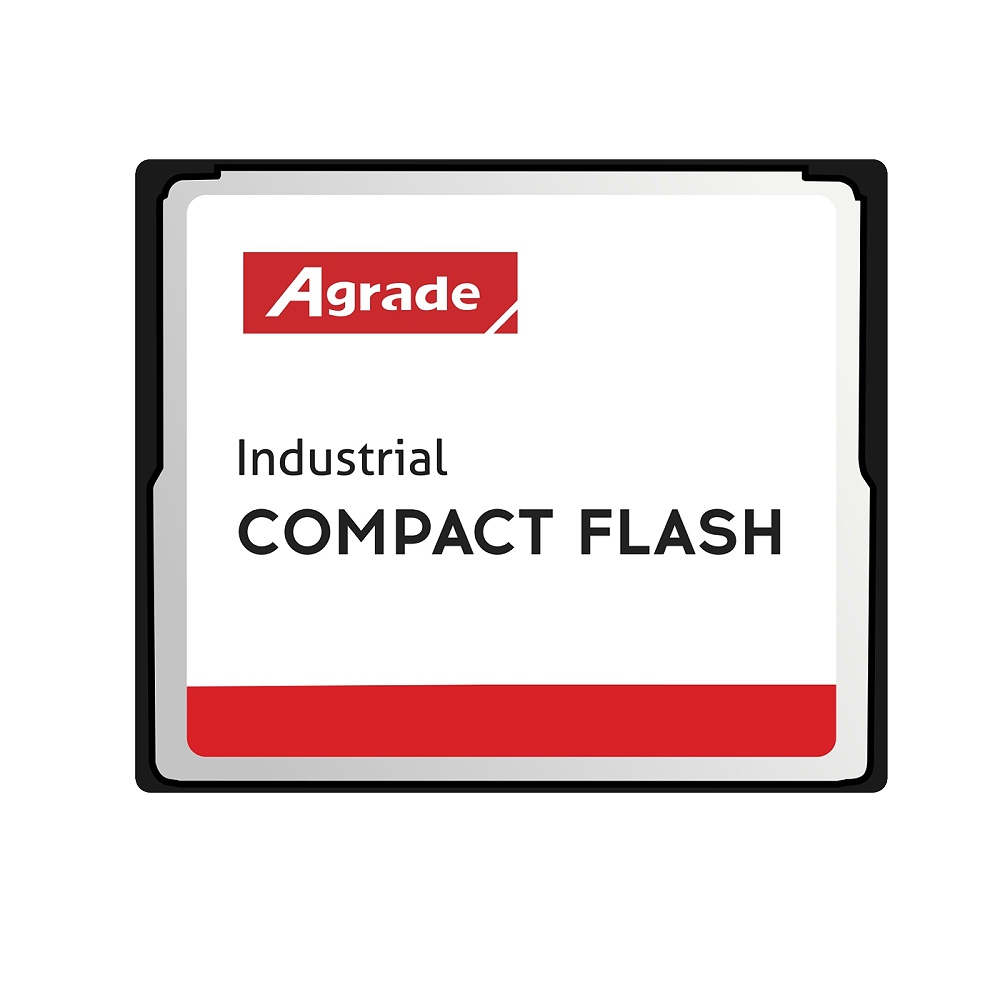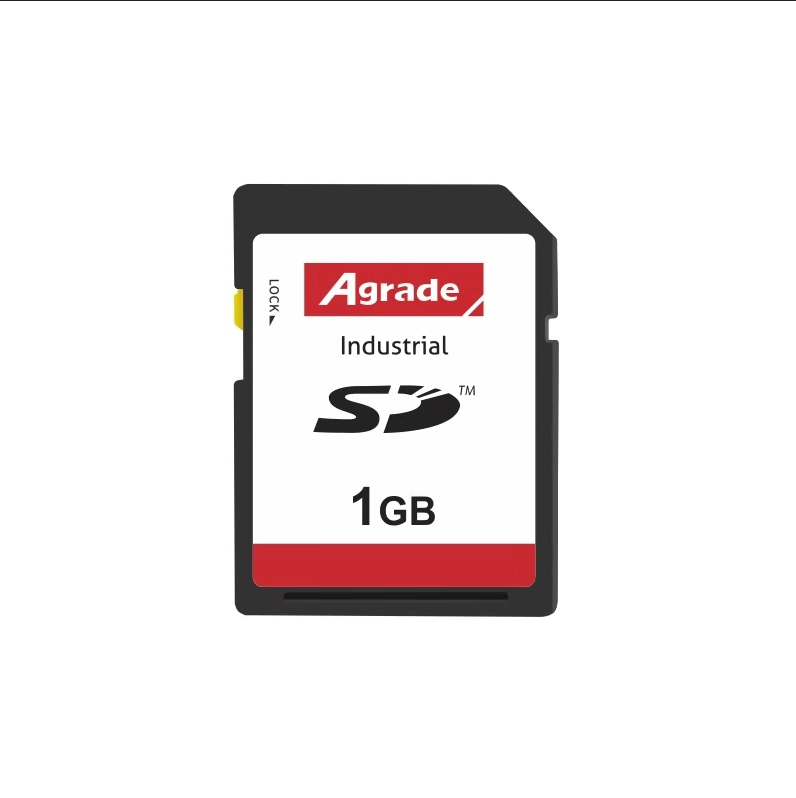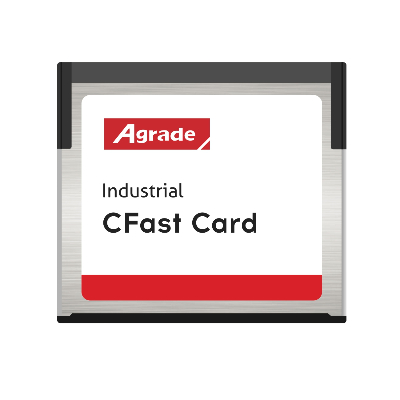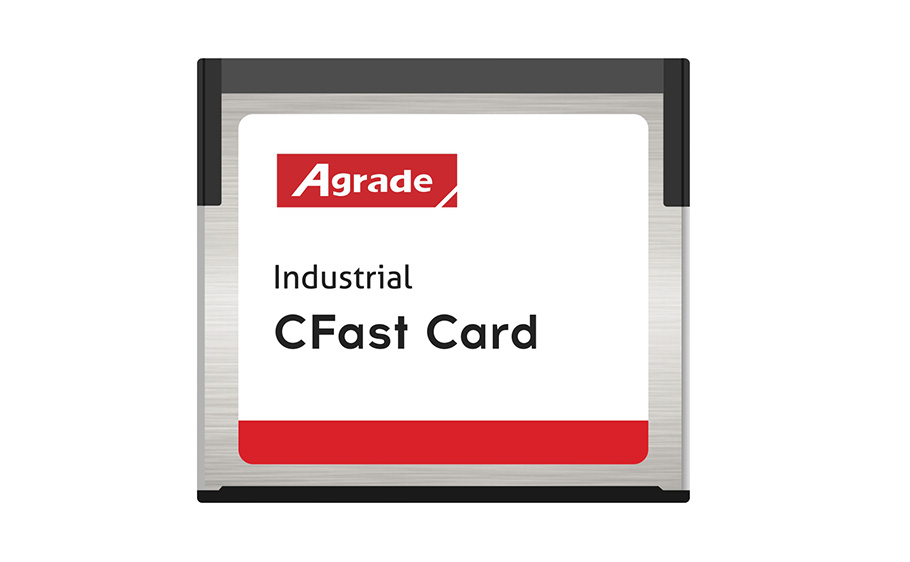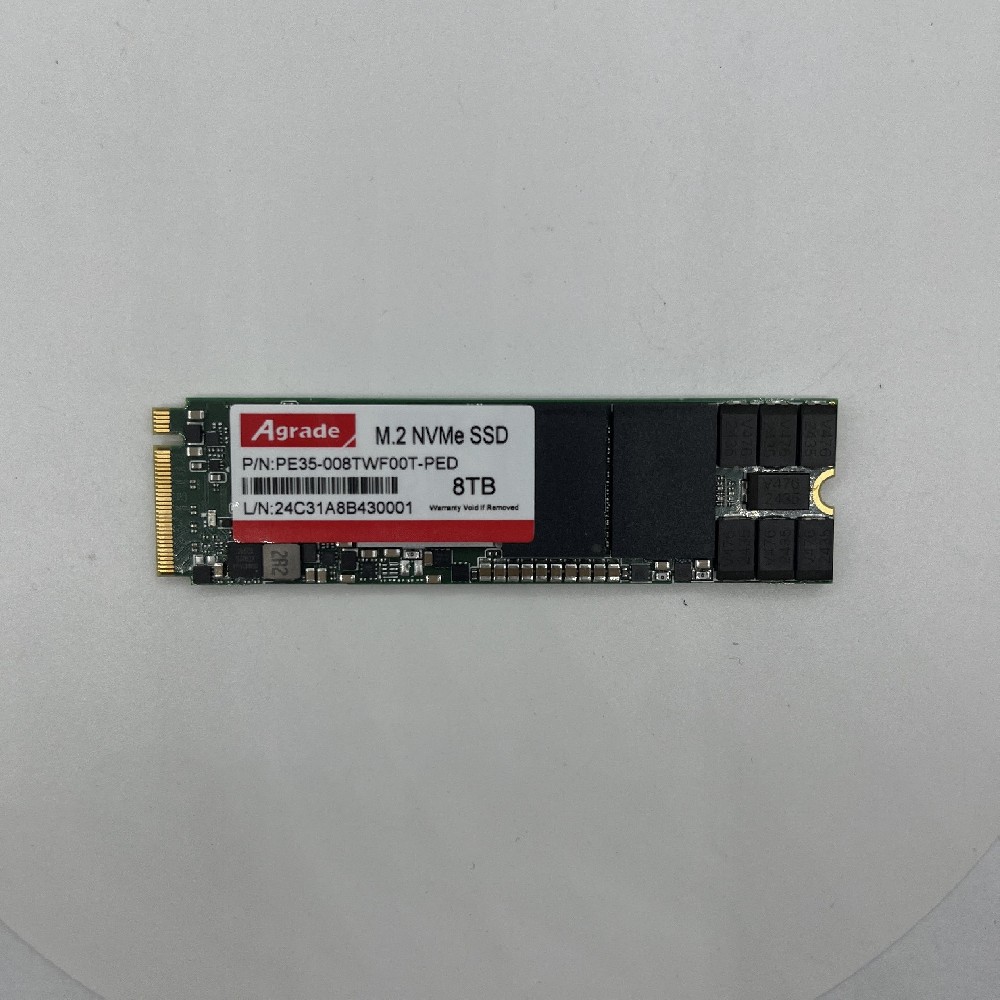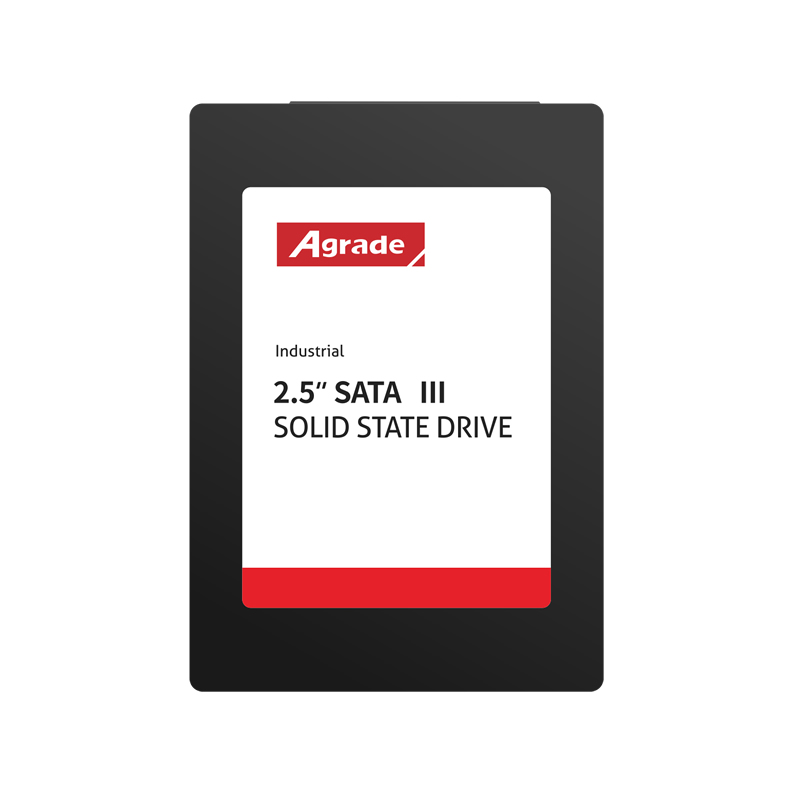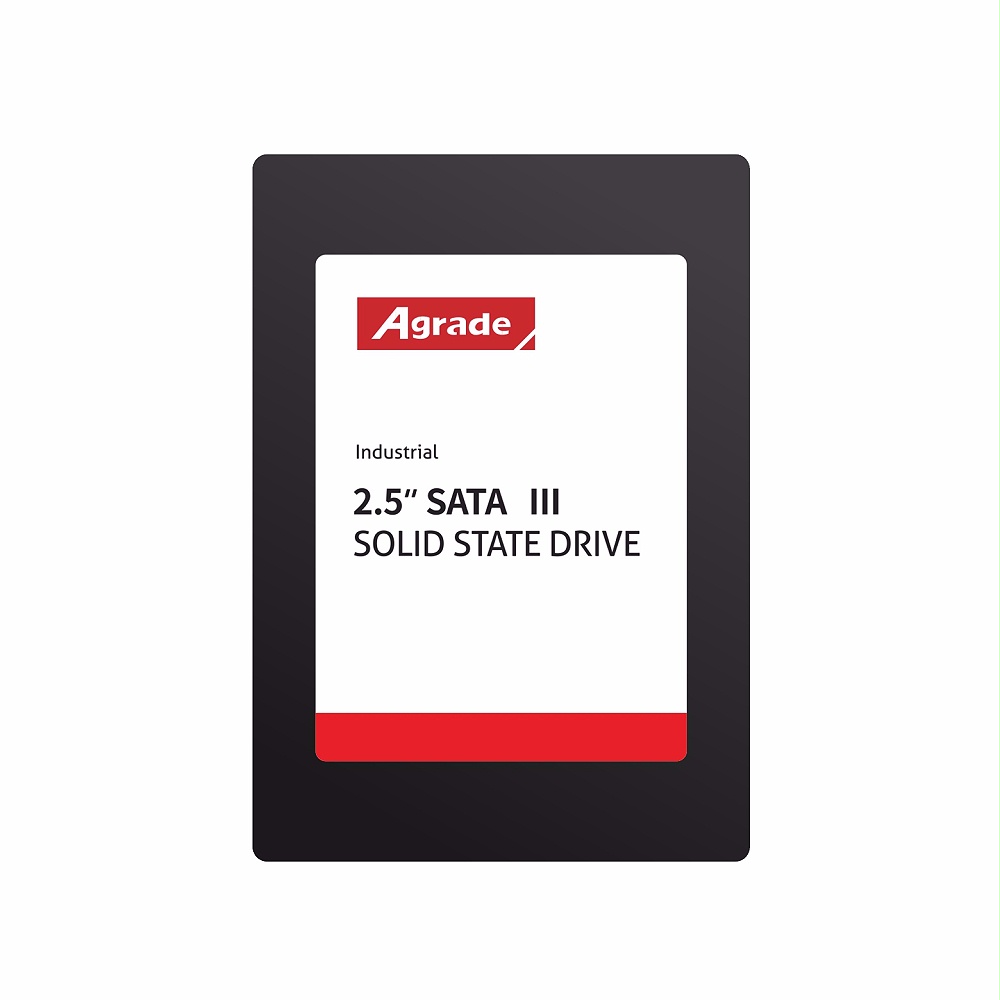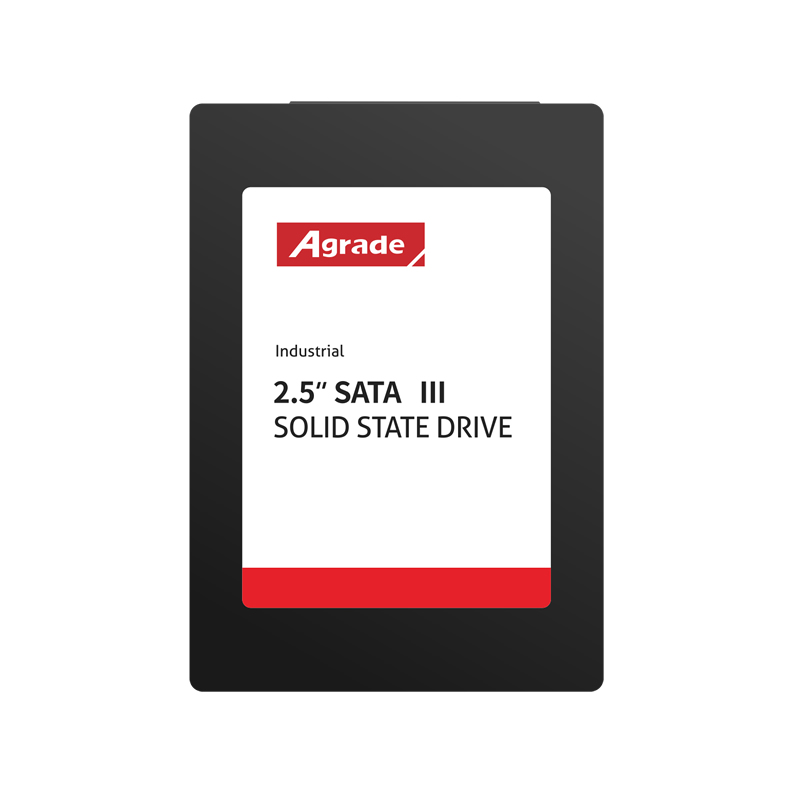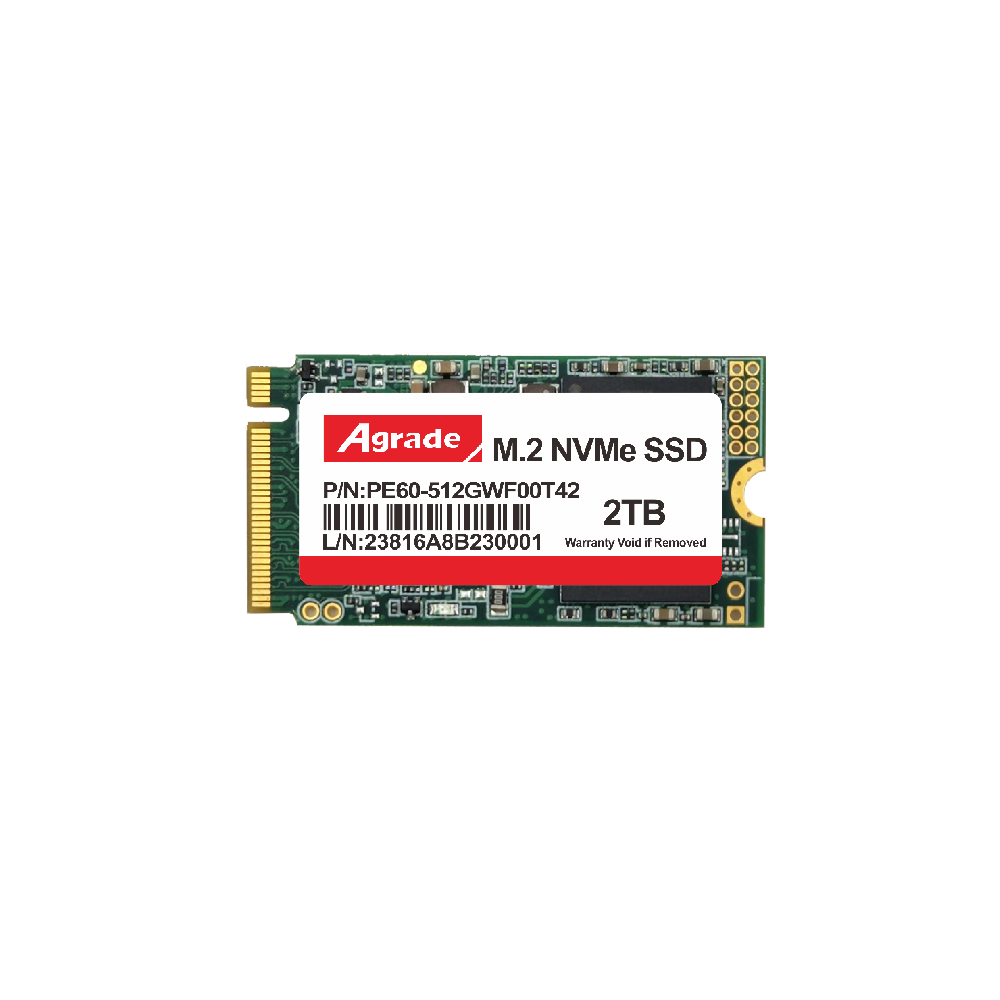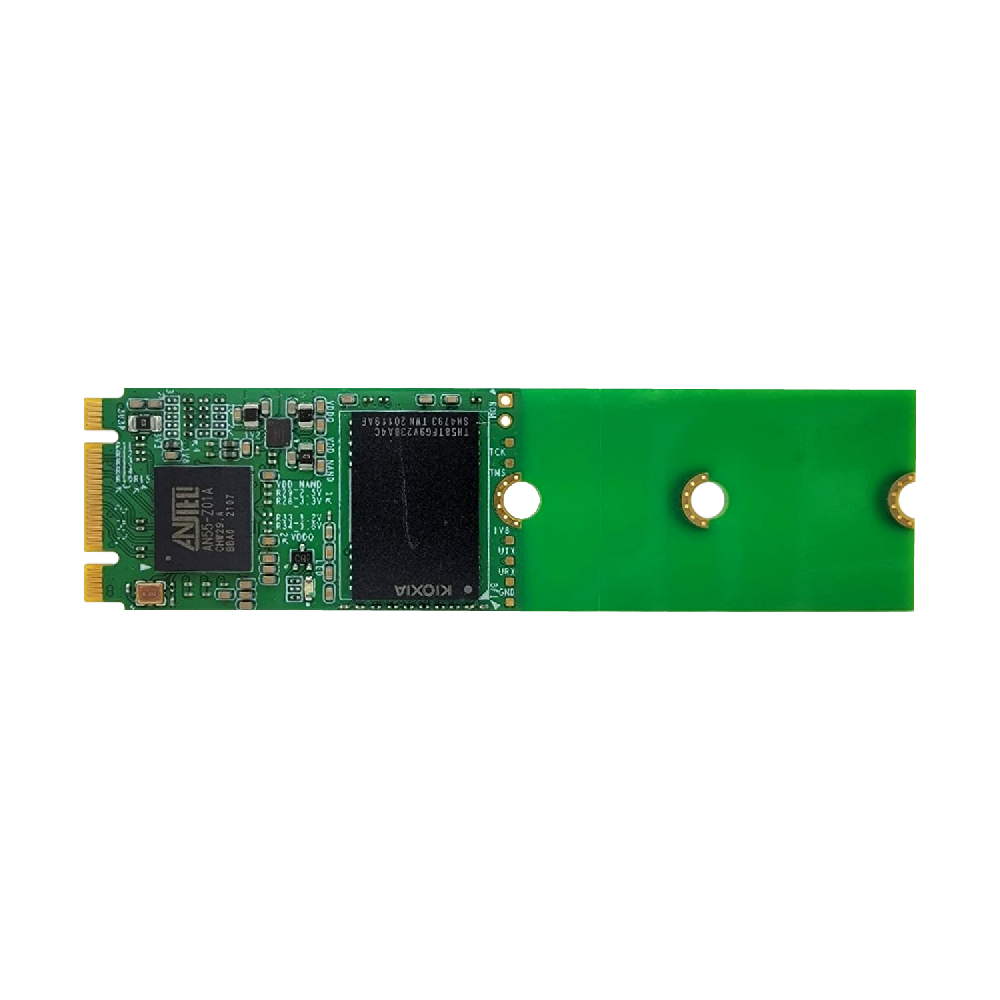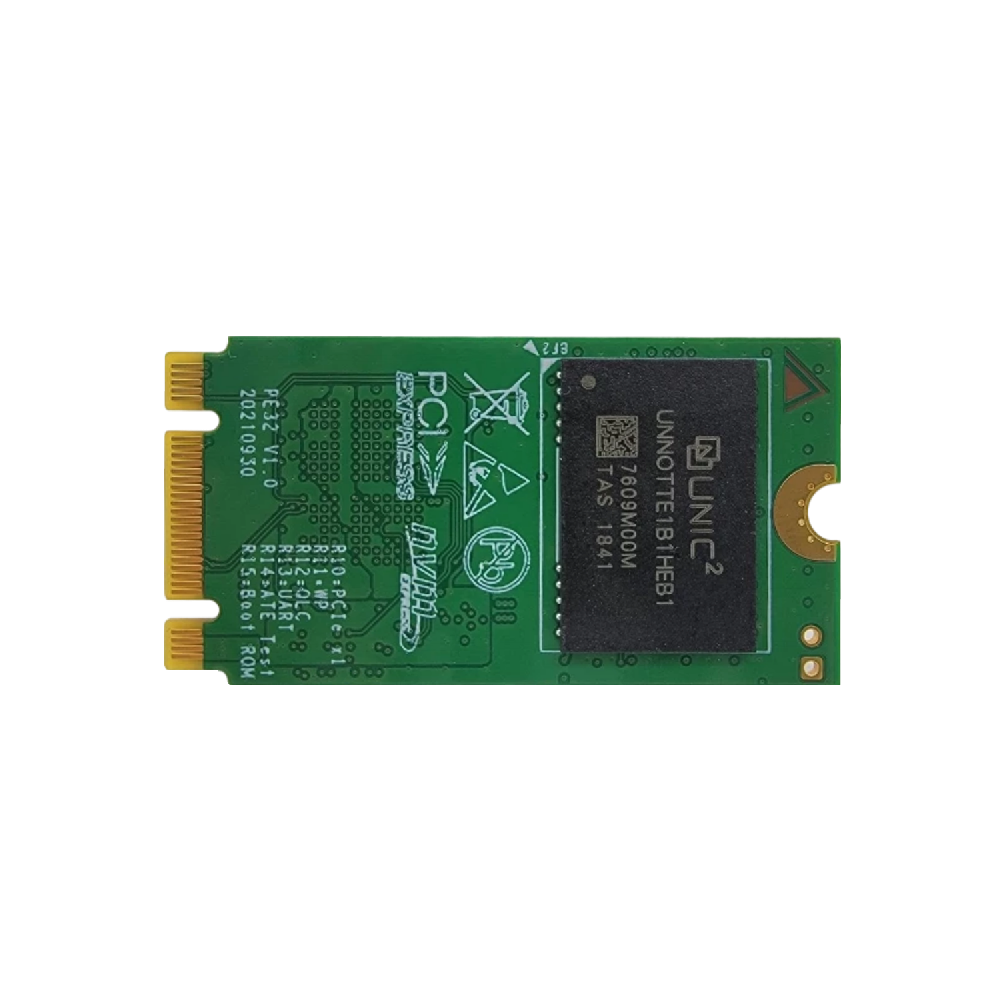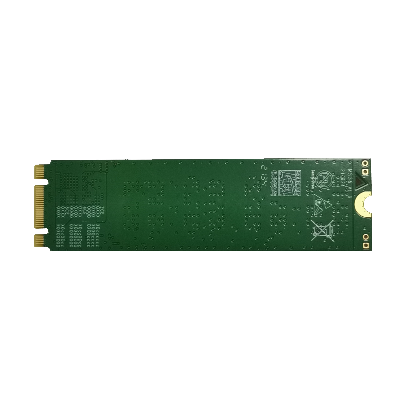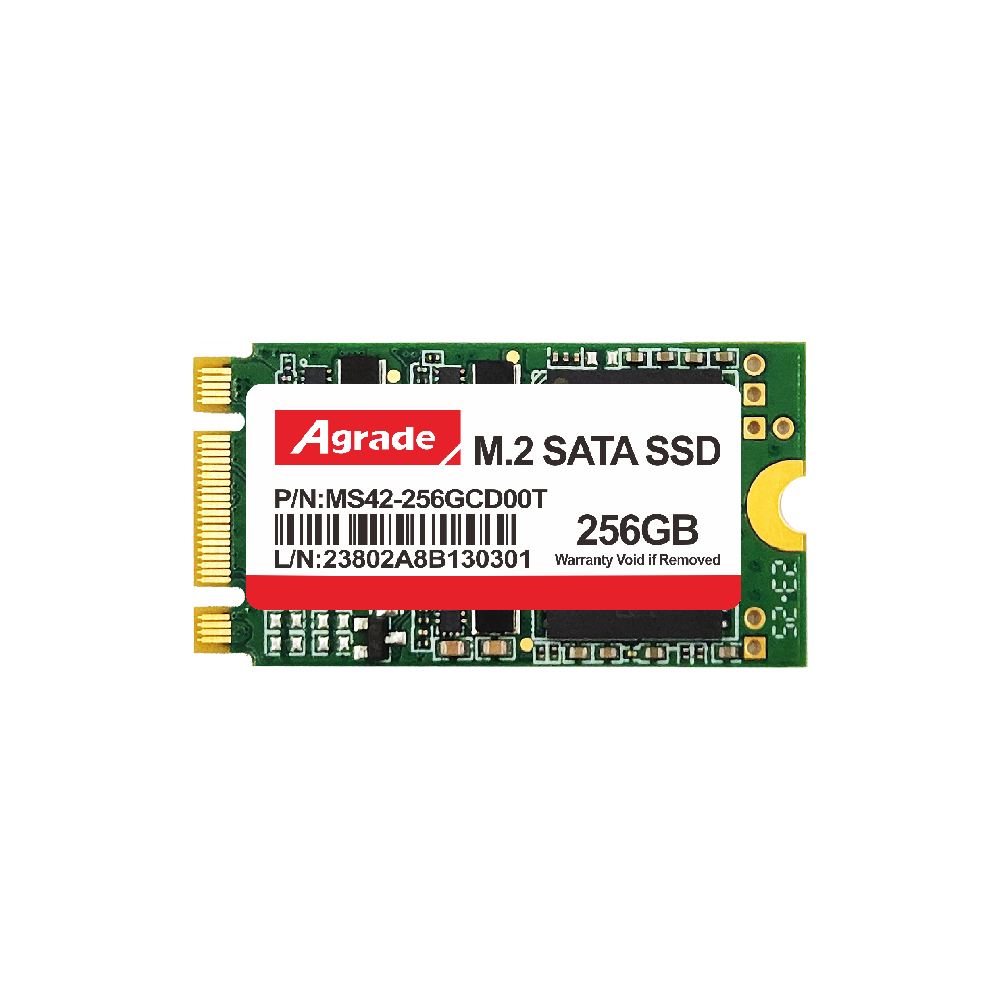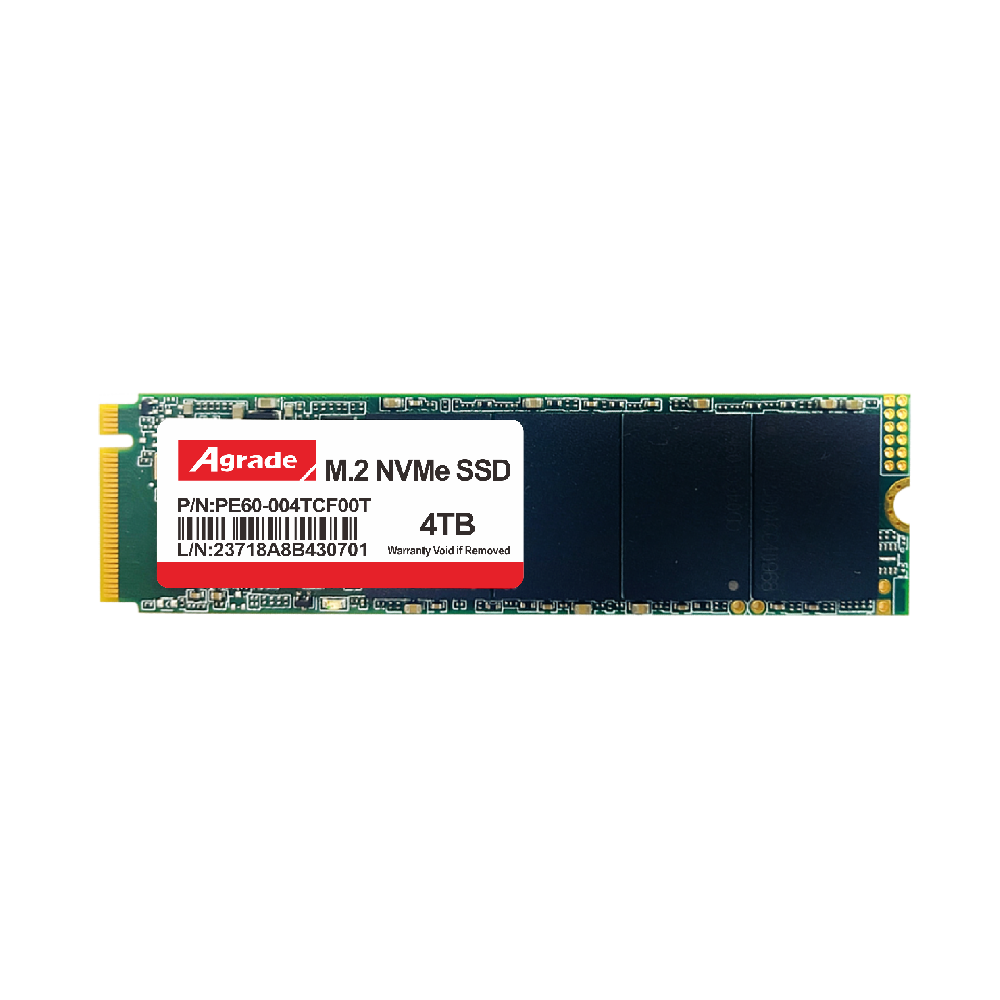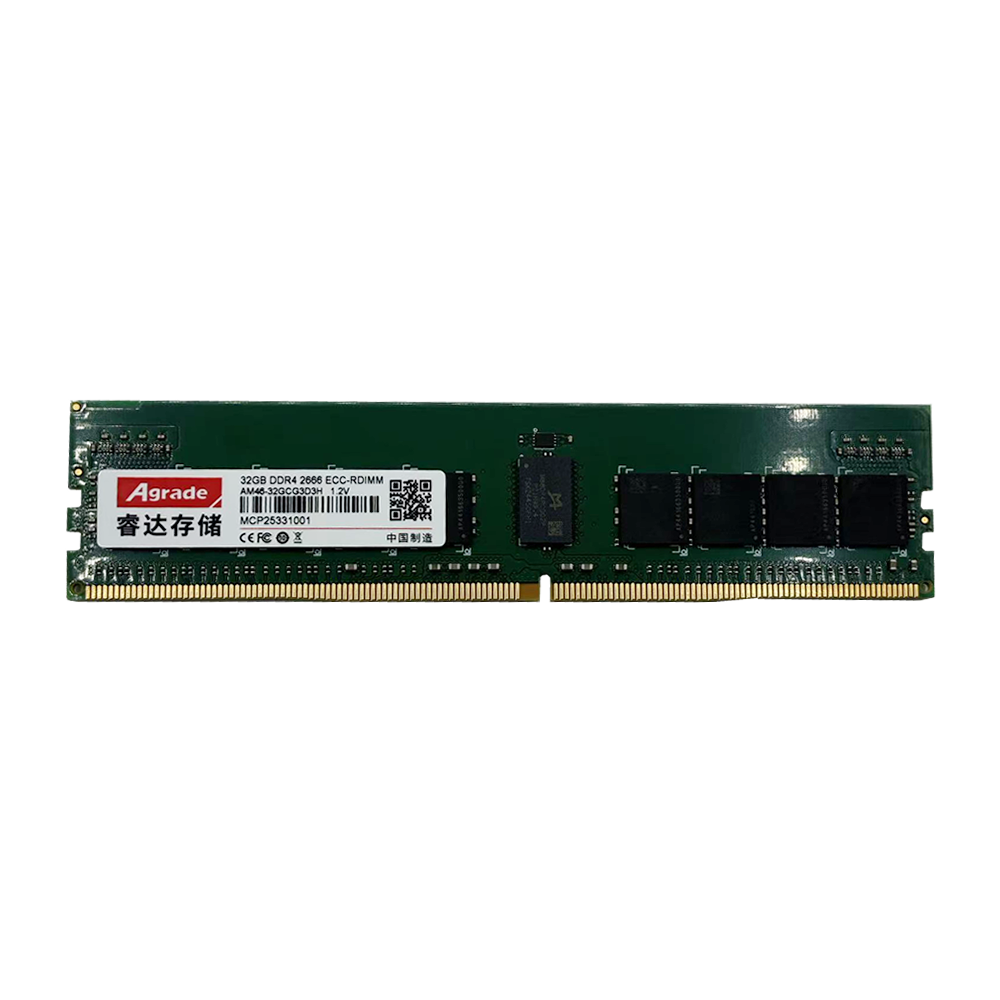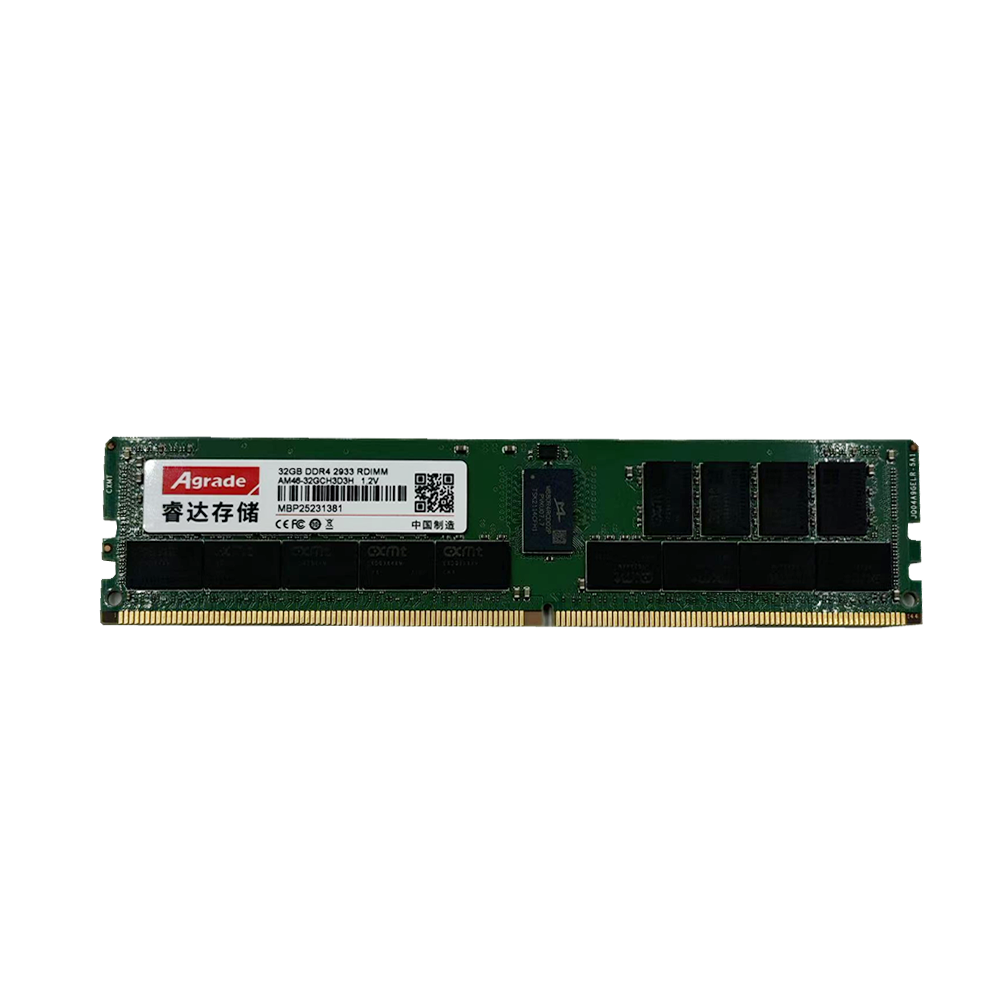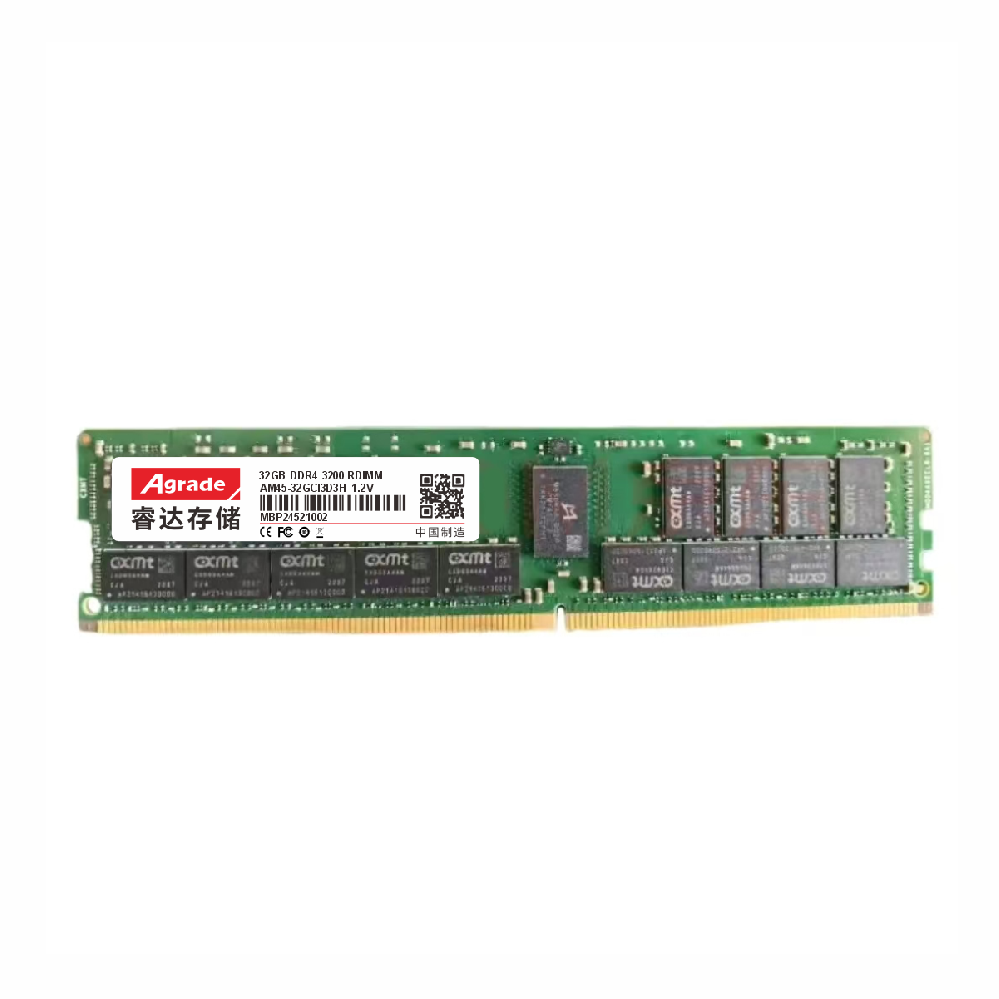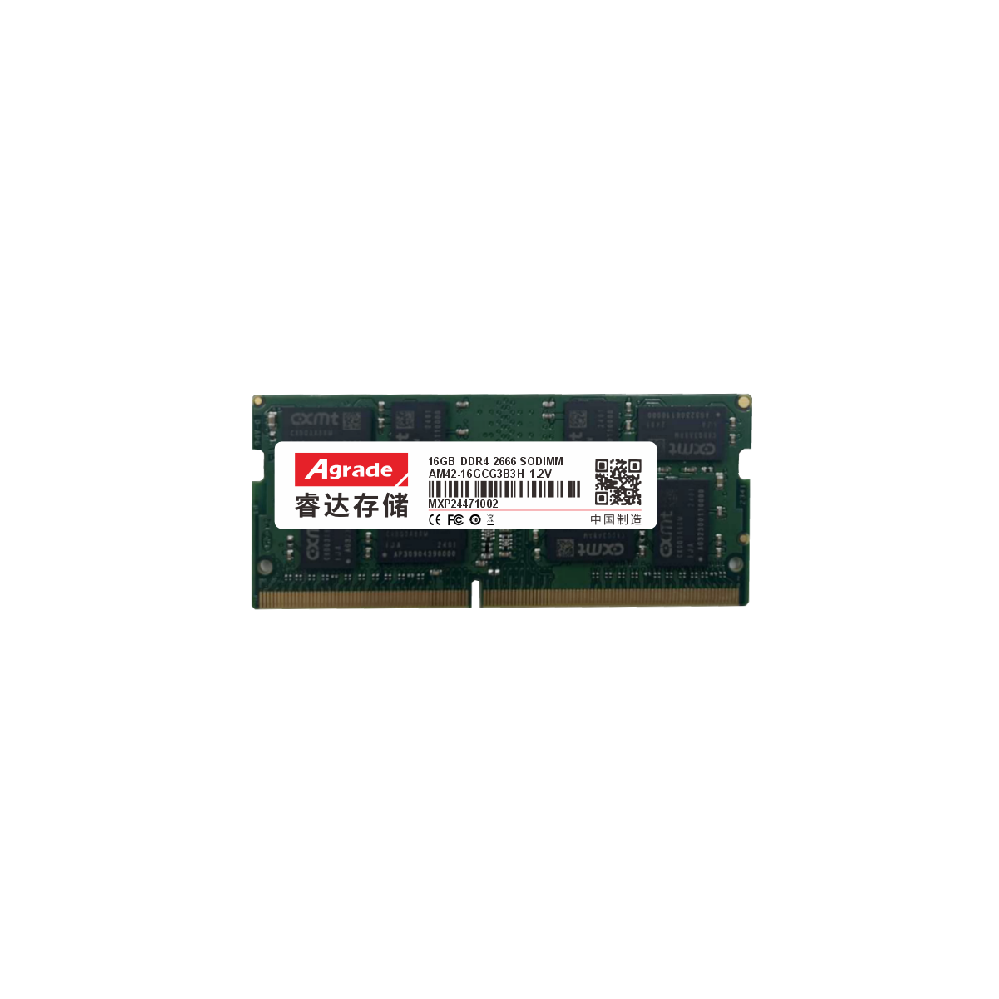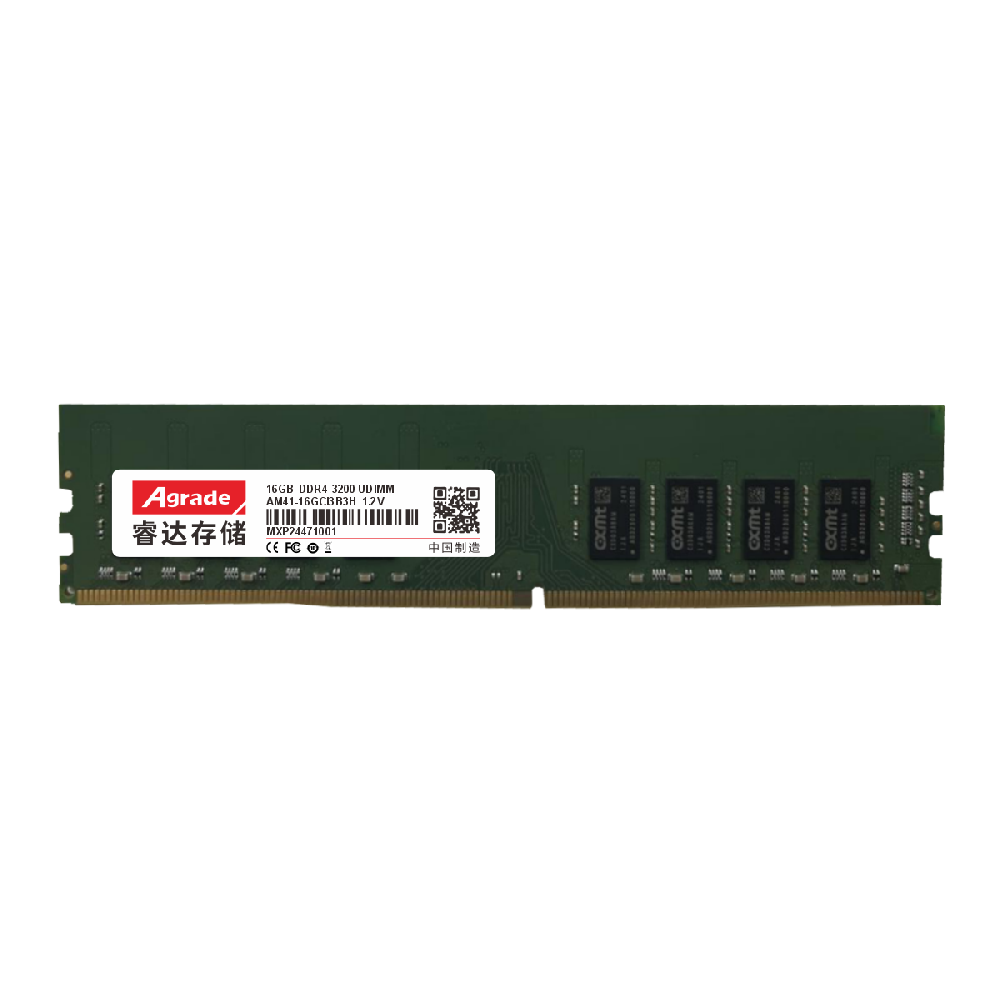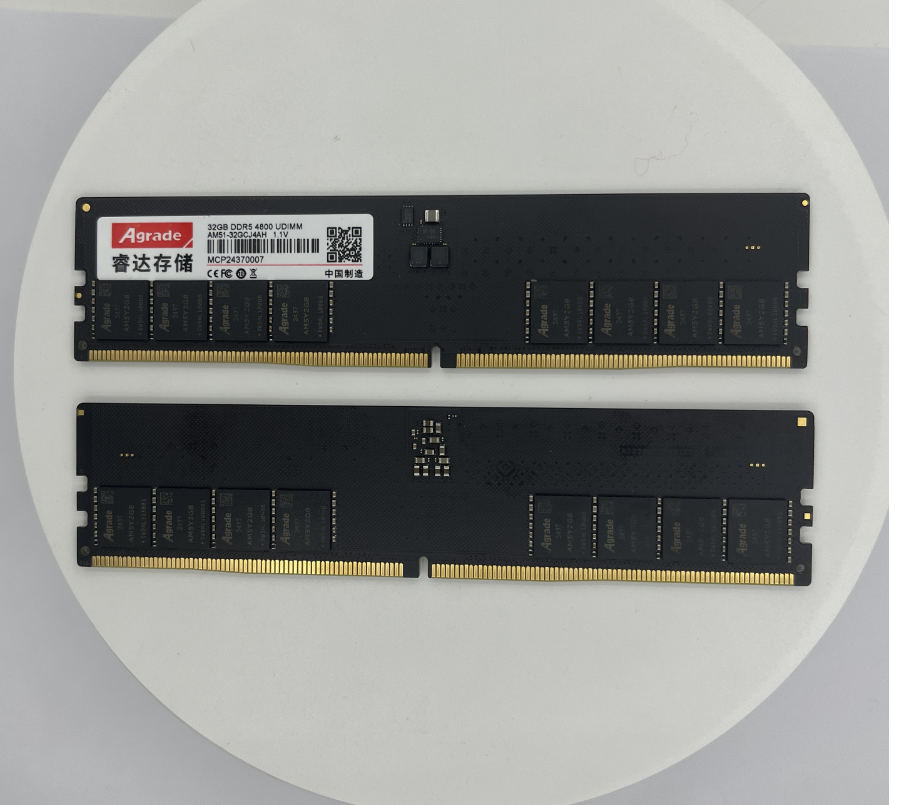

News
 电商部
电商部  2025-11-05 11:59:40
2025-11-05 11:59:40 Which performance is better between RAID 5 and RAID 10?
RAID (Redundant Independent Disk Array) is a storage technology that combines multiple hard disk drives (HDDs) or solid-state drives (SSDs) into a coordinated storage unit or array, aimed at improving storage capacity, read/write speed, and data security. RAID 5 and RAID 10 are two common RAID levels, each with unique roles, advantages, and application scenarios.

RAID 5 stores data in blocks on multiple physical disks and uses parity codes to ensure data integrity. Its main advantage is that it can provide data redundancy and read performance, while being able to tolerate the failure of any physical disk. This fault tolerance makes RAID 5 very useful in scenarios that require performance enhancement and data redundancy, such as file servers, database servers, and small business environments. However, the write performance of RAID 5 is relatively poor due to the significant overhead involved in computing and writing parity data.
In contrast, RAID 10 is a combination of RAID 1 and RAID 0 technologies, with higher performance and stronger fault tolerance. RAID 10 uses mirroring technology to ensure that data has complete copies on at least two disks. This redundant design allows data to be recovered from the other disk even if one disk fails. At the same time, RAID 10 also improves the read and write speed of data through striping technology, allowing for parallel reading or writing of data blocks from multiple disks, thereby significantly increasing data transfer speed. These advantages make RAID 10 very popular in scenarios that require high performance, high data security, and high fault tolerance, such as database storage servers, high-performance computing clusters, and video editing workstations.
However, RAID 10 also has some drawbacks. Due to its use of mirroring technology, the storage capacity utilization rate is only 50%, which means that 1GB of storage space is required for data replicas per GB of user data. In addition, the construction cost of RAID 10 is relatively high because it requires more disks and more complex controllers to manage these disks.
In summary, there are significant differences between RAID 5 and RAID 10 in terms of their roles, advantages, and application scenarios. RAID 5 is more suitable for scenarios that require data redundancy and read performance, while RAID 10 is more suitable for scenarios that require high performance, high data security, and high error tolerance. When choosing a RAID level, it is necessary to weigh and select based on specific application scenarios and requirements.

